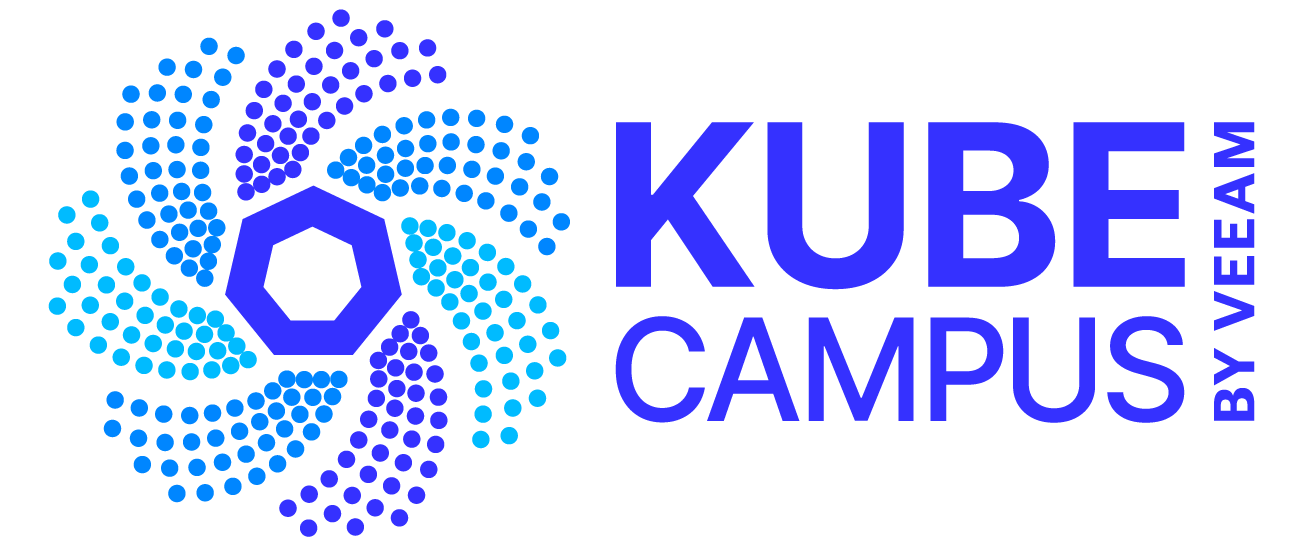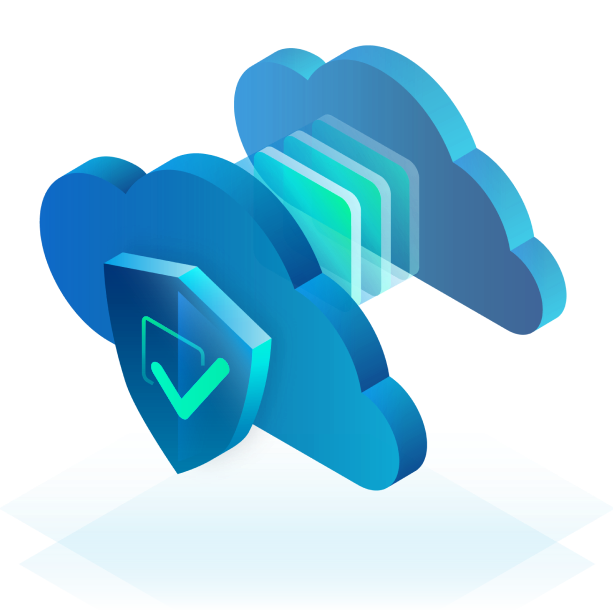Welcome to this Intermediate hands-on lab, designed to take you through the learning journey of Istio service mesh and Kasten K10’s integration for data backup and recovery.
In this lab you’ll learn about Istio’s traffic management capabilities and get practical experience of implementing these concepts in a Kubernetes cluster. You’ll also discover how Kasten K10, a data management platform, can be deployed in an Istio-enabled cluster to back up Istio configuration data.
Important
- Please read all material referenced in any links provided in the lab.
- On multiple-choice questions, note that more than one answer may be correct.
- Please note this lab is timed and should be completed in one sitting.
- The lab will take about 45 minutes to 1 hour to complete, depending on your skill level.
Structure of the lab
This lab is divided into two main parts:
- Theory Quizzes: The initial part of this lab includes a few quizzes that aim to test your theoretical understanding of Istio and its traffic management capabilities, and Kasten K10’s role within an Istio environment.
- Hands-on Challenges: The latter part of this lab consists of several hands-on exercises that provide real-world experience with Istio and Kasten K10. You’ll be tasked with the following:
- Installing Istio and setting up a bookinfo application.
- Implementing traffic splitting between different versions of a service.
- Installing and configuring Kasten K10 in the Istio-enabled Kubernetes cluster.
- Using Kasten K10 to back up Istio configuration data.
- Simulating a disaster scenario and using Kasten K10 for recovery.
- Validating Istio configuration and traffic rules post recovery.
By the end of this lab, you’ll have gained valuable insights into how Istio works and its interoperability with Kasten K10. You’ll develop the skills to manage traffic, perform data backup and recovery and validate Istio configurations post-disaster, making you well-equipped to handle real-world scenarios in a service mesh environment.
Service Mesh, Istio and Kasten K10 theory
This section will cover terminology for service mesh, Istio and Kasten K10. You will review material on-screen, then answer a challenge question. You must answer the questions correctly to proceed to the hands-on section.
During the theory section, we will cover the following topics:
- Introduction to Service Mesh and Istio
- A service mesh is a configurable, low‑latency infrastructure layer designed to handle a high volume of network-based inter-process communication among application infrastructure services using application programming interfaces (APIs).
- A service mesh ensures that communication among microservices is fast, reliable and secure.
- Istio is an open-source service mesh that makes it easier for a team to create a network of deployed services with load balancing, service-to-service authentication, monitoring and more, without requiring any changes in service code.
- Istio provides behavioral insights and operational control over the service mesh as a whole, offering a complete solution to satisfy the diverse requirements of microservice applications.
- Traffic Management in Istio
- One of the primary features of Istio is its rich traffic management capability, which allows users to manage inter-service traffic in a fine-grained, resilient way that’s decoupled from the application code.
- This decoupling of infrastructure logic from application logic enables a consistent approach to connectivity and resilience across services, regardless of language or implementation.
- Introduction to Kasten K10 and its Integration with Istio
- Kasten K10 is a data management platform that performs backup and restore operations for Kubernetes applications.
- Kasten K10 is designed specifically for K8s and includes features like global policies, application portability and a cloud-native design that make it a reliable solution for backup and recovery tasks.
Hands-on Commands Section
In the hands-on section, we will focus on operationalizing Istio and understanding how Kasten K10 provides key backup and recovery for Istio environments.
The challenges will cover the following scenarios: 1 – Pod Issues
Challenge 1- Installing and Configuring Istio
- In this hands-on challenge, you will install Istio on a Kubernetes cluster and set it up for basic traffic management.
- You’ll begin by installing the Istio control plane, then enable automatic sidecar injection in your application namespace. Finally, you will deploy the Bookinfo Application.
Challenge 2- Implementing Traffic Splitting with Istio
- In this challenge, you will implement a simple traffic splitting scenario using Istio’s traffic management capabilities.
- You will route traffic to different versions of a service, emulating a common scenario in application deployment strategies like A/B testing or canary releases.
Challenge 3- Installing and Configuring Kasten K10
- Kasten K10 integrates with your Kubernetes infrastructure and workloads to automatically protect your data. In this task, you’ll install Kasten K10 and ensure it’s running correctly on your cluster.
Challenge 4- Backing up an Istio Configuration with Kasten K10
- For this task, you will configure Kasten K10 to back up your Istio configuration data. By the end of this challenge, you should be able to create and run a Kasten K10 policy that captures the state of your Istio configuration.
Challenge 5- Simulating a Disaster
- In this challenge, we will simulate a disaster scenario and use Kasten K10 to recover your Istio configurations.
Challenge 6- Validating an Istio Configuration and Traffic Rules Post Recovery
- In this final hands-on challenge, we will validate that the Istio configuration and traffic rules are working correctly after disaster recovery.
Is There Pre-work for the Course?
Yes. Be sure to read and study this blog post, watch the video showing the work to be performed, and view the accompanying slides that form part of each course.
How Do I Access Course 12?
Go to Kubecampus.io and navigate to the “Courses” tab to begin. All the best. Enjoy!
Note: Additional Learning
To extend your learning experience, Kasten offers a variety of resources such as white papers, case studies, data sheets and eBooks on Kubernetes backup. Follow this link to explore those learning materials!


